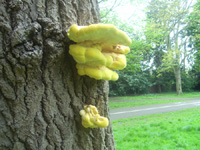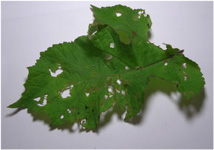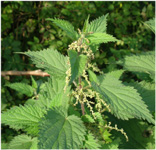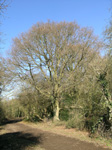These pages feature a few local habitats and species that might be of interest to the coleopterist.
The fungi pages will,
we hope, be useful because we have made an effort to find and identify some of the species quoted in the coleoptera
literature, more particularly Dr. Alexander's The invertebrates of
living and decaying timber in Britain and Ireland;
when we obtained this excellent publication we had very little knowledge of fungal identification,
we had sampled fungi over the years and so knew what species might be hosting which beetles,
but now it seemed useful to set about identifying and featuring a few. It must be said that our
identifications have been obtained from descriptions and colour plates in various field guides and so we cannot always be
certain these are correct but, given that most are common and very distinctive, our confidence is high. It would have been
informative to provide a list of coleoptera
found with each host as has been provided in the AES handbook for vascular plants but lack of time prevents this, what we
have done is to provide links from the various coleoptera pages to the host species, but this may be developed later on.
Some of the habitats featured will be obvious places to look for beetles to an experienced coleopterist but
such things may not be so obvious to the beginner and so, when we have found a sample to be interesting or productive,
we will feature its origin and explain why. |
 |
Fungi
Bulgaria inquinans
Coriolus versicolor
Daldinia concentrica
laetiporus sulphureus
Pleurotus ostreatus
|



